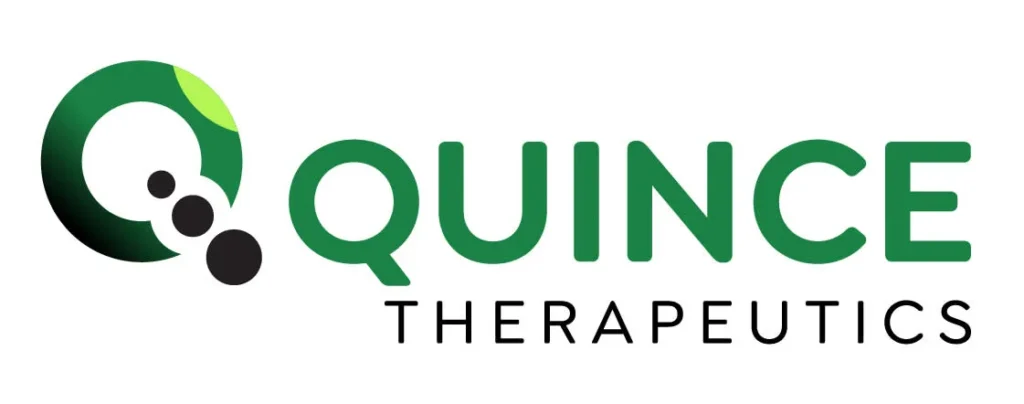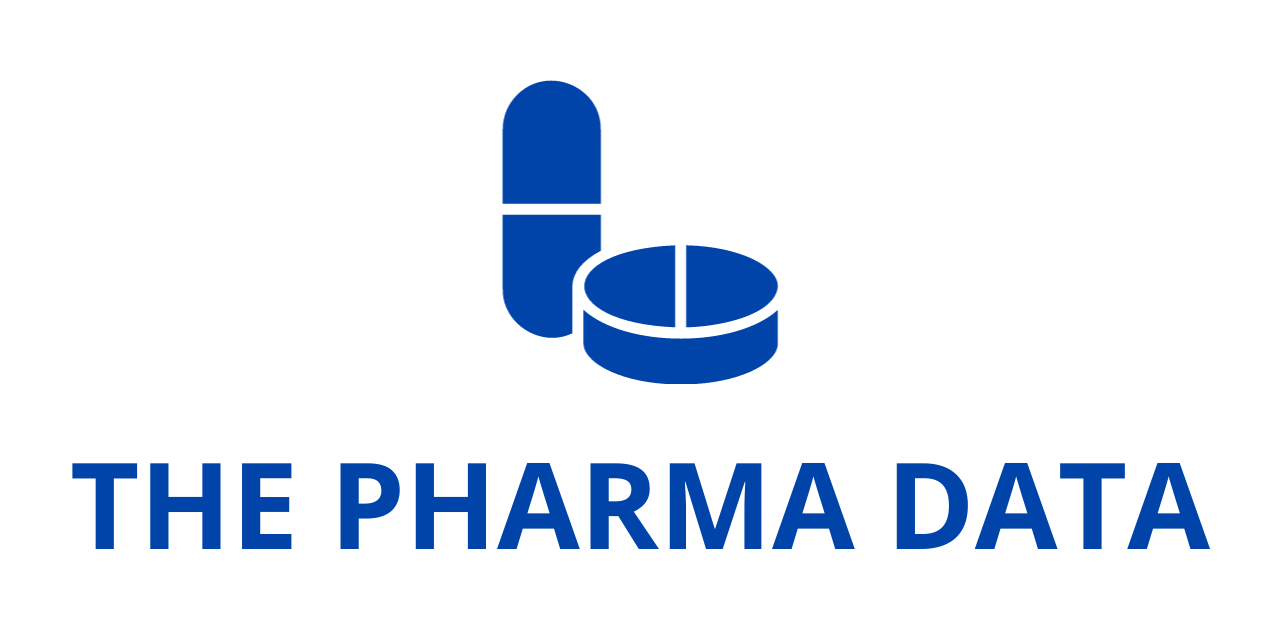
Quince Therapeutics Publishes Advanced Population PK Modeling Study of eDSP in Pediatric Ataxia-Telangiectasia Patients in CPT: Pharmacometrics & Systems Pharmacology
Quince Therapeutics, Inc. (Nasdaq: QNCX), a late-stage biotechnology company pioneering patient-specific therapies for rare diseases, has announced the publication of a sophisticated population pharmacokinetic (PK) modeling study in CPT: Pharmacometrics & Systems Pharmacology (PSP), a leading open-access journal of the American Society for Clinical Pharmacology and Therapeutics (ASCPT). The study provides a detailed evaluation of eDSP (dexamethasone sodium phosphate [DSP] encapsulated in autologous red blood cells), Quince’s Phase 3 lead therapeutic candidate, focusing on its pharmacokinetic properties in pediatric patients with Ataxia-Telangiectasia (A-T) and in healthy adult volunteers.
A-T is a rare, progressive neurodegenerative disease characterized by cerebellar ataxia, immunodeficiency, and a high risk of malignancy. Current therapeutic options are extremely limited, with corticosteroids historically used to manage neurological symptoms, yet long-term use is associated with significant toxicity. eDSP represents a novel approach by leveraging a patient’s own red blood cells to encapsulate DSP, allowing for sustained drug release and potentially improved tolerability compared with conventional corticosteroid administration.
Advancing Knowledge on eDSP Pharmacokinetics
Giovanni Mambrini, MSc, Chief Technology Officer at Quince Therapeutics, commented on the publication, stating, “We are pleased to continue advancing our understanding of eDSP, our Phase 3 lead asset, by elucidating its sustained release profile and reinforcing its favorable safety characteristics. The data show that eDSP is capable of maintaining low, steady plasma concentrations of dexamethasone for 20 to 30 days without accumulation, aiming to maximize therapeutic benefit while minimizing the risk of corticosteroid-associated toxicity. This PK modeling provides crucial insights into the expected drug exposure in pediatric A-T patients who may benefit from long-term corticosteroid therapy to manage this devastating rare disease.”
Key Highlights of the PSP Publication
The published article, titled Exposure of Dexamethasone Sodium Phosphate Encapsulated in Erythrocytes (eDSP) Administered Monthly for Treatment of Neurological Symptoms of Patients With Ataxia-Telangiectasia, describes the development of a robust pediatric population PK model informed by data from both healthy adults and pediatric patients receiving monthly eDSP infusions. This modeling allowed the team to simulate DSP exposure in pediatric patients over a six-month period, providing critical predictions for dosing, safety, and therapeutic effect.
Detailed Population PK Model Development
The study involved a comprehensive analysis of clinical data collected from previous eDSP trials. This included dense pharmacokinetic sampling from a Phase 1 study in healthy adults as well as sparse sampling from Phase 3 trials in pediatric A-T patients. The combined dataset encompassed 24 healthy adult volunteers and 109 pediatric patients with A-T. Using this data, researchers constructed a population PK model that effectively captured DSP kinetics without the need for overparameterization.
The two-compartment model employed provided a simplified yet accurate representation of DSP release from the eDSP system. It allowed for detailed simulations of pediatric PK profiles, confirming the drug’s controlled, sustained release over time. By integrating data from multiple patient populations, the model enhances the predictability of drug behavior in children with A-T and supports optimized dosing regimens aimed at both efficacy and safety.
Sustained Release Without Drug Accumulation
One of the critical findings of the modeling study was the demonstration of sustained DSP release with no evidence of drug accumulation over repeated monthly dosing. The simulations showed that following an eDSP infusion, DSP levels rapidly peak within approximately 0.67 hours, followed by a controlled release that extends over 20 to 30 days.
This steady, low-level exposure supports the therapeutic rationale for eDSP: maintaining a consistent pharmacologic effect without the high peak concentrations typically associated with conventional corticosteroids, which can contribute to adverse effects. The modeling also confirms that the majority of DSP delivered via eDSP is systemically bioavailable, ensuring that patients receive a therapeutically meaningful dose while minimizing systemic toxicity.
Favorable Safety Profile Reinforced
The PSP publication builds upon earlier safety data generated in Quince’s Phase 3 ATTeST trial and subsequent Open Label Extension (OLE) studies. Across these studies, repeated monthly eDSP dosing was associated with a favorable toxicity profile, with no clinically significant drug accumulation observed.
Conventional corticosteroid therapy often carries risks including adrenal suppression, Cushingoid features, growth impairment, and other systemic effects. By contrast, eDSP’s encapsulated delivery system appears to mitigate these risks. In the studies evaluated, corticosteroid-related side effects were rare, even after several years of treatment, highlighting the potential of eDSP to provide chronic therapy for pediatric A-T patients with an improved safety profile.
Implications for Pediatric A-T Therapy
The findings from this population PK modeling study are highly relevant for clinicians and researchers focused on rare pediatric neurodegenerative diseases. By providing a predictive framework for DSP exposure in children with A-T, the study supports informed clinical decision-making and personalized treatment planning.
Moreover, the sustained release properties of eDSP offer a practical advantage in pediatric care, potentially reducing the frequency of dosing interventions and improving adherence. The model’s ability to simulate six-month exposure profiles provides a valuable tool for optimizing long-term treatment strategies and anticipating patient responses.
Supporting the Advancement of Rare Disease Research
This publication aligns with Quince Therapeutics’ broader mission of leveraging patient-specific biologics to address unmet medical needs in rare diseases. By encapsulating corticosteroids in autologous red blood cells, Quince aims to transform conventional therapies, enhancing efficacy while minimizing systemic toxicity.

The study underscores the importance of pharmacometric modeling in rare disease drug development, where patient populations are often small and heterogeneous. Population PK models allow researchers to extrapolate clinical data, predict drug behavior in underrepresented patient groups, and design safer, more effective dosing regimens.
Future Directions
Quince Therapeutics continues to advance eDSP through its ongoing clinical programs, with the ultimate goal of delivering a safe, effective, and durable therapy for pediatric patients suffering from A-T. The insights generated from this PK modeling study will inform future trial design, dosing optimization, and long-term safety monitoring.
As Quince progresses toward potential regulatory approval, the company remains committed to rigorous scientific evaluation and transparent reporting of clinical and pharmacological findings. The publication in CPT: PSP represents a significant milestone in the company’s journey to provide innovative therapies for rare diseases, reinforcing both the scientific credibility of eDSP and the promise of autologous red blood cell-based drug delivery.
About Quince Therapeutics
Quince Therapeutics, Inc. is a late-stage biotechnology company focused on unlocking the therapeutic potential of a patient’s own biology. By harnessing autologous red blood cells as a delivery vehicle, Quince aims to create therapies with improved safety, efficacy, and tolerability profiles. Its lead candidate, eDSP, is under investigation for the treatment of Ataxia-Telangiectasia, a rare and devastating neurodegenerative disorder.
The company is committed to advancing research in rare diseases and leveraging innovative drug delivery technologies to address unmet medical needs, particularly in pediatric populations. Quince’s work exemplifies the intersection of precision medicine, pharmacology, and patient-centered therapy design.
The population PK modeling study published in CPT: Pharmacometrics & Systems Pharmacology provides a comprehensive analysis of eDSP pharmacokinetics in pediatric A-T patients and healthy adults. By demonstrating sustained DSP release, minimal accumulation, and a favorable safety profile, the study strengthens the scientific foundation for eDSP as a promising therapeutic option for children with A-T. These findings highlight Quince Therapeutics’ commitment to advancing rare disease research and delivering innovative therapies designed to improve the lives of patients and their families.





